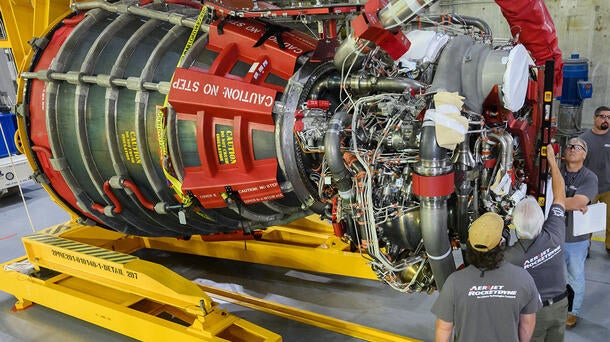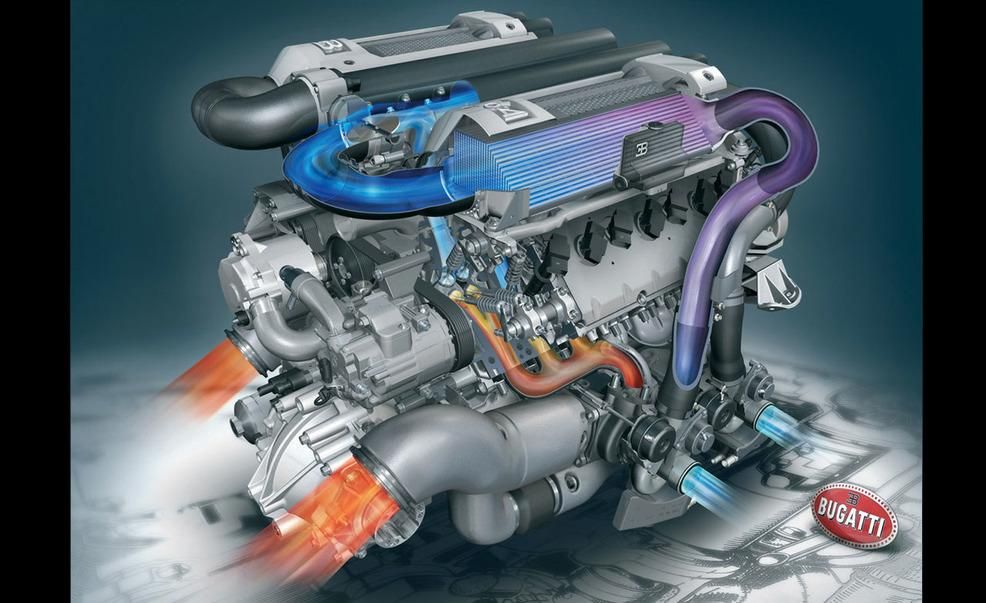Store Engines for Africa and Even More at Our Substantial Automobile Components Store
The Mission for Ultimate Driving Power: Examining the Peak of Engine Efficiency and Technological Advancements in the Automotive Sector
In the realm of automotive engineering, the pursuit of maximum driving power has been a ruthless mission that has unfolded via the development of engine layout and the combination of innovative innovations. From the careful workmanship of burning engines to the quick innovations in electric propulsion systems, the vehicle sector stands at the cusp of a brand-new period identified by unprecedented efficiency capacities. As designers and researchers dig deeper right into the worlds of computational fluid dynamics and discover ingenious gas technologies, the horizon of possibilities expands greatly. Remain tuned as we unwind the intricate tapestry of technical breakthroughs that are shaping the future of auto power and performance.
Advancement of Engine Style

In addition, the integration of turbocharging and turbo charging technologies has reinvented engine layout by increasing power without substantially raising engine dimension. These forced induction systems press the consumption air, allowing for even more gas to be combusted, thereby producing greater power result from a smaller sized engine. This innovation has been specifically critical in enhancing the efficiency of smaller displacement engines while preserving fuel performance requirements.

Performance-Enhancing Gas Technologies
The implementation of sophisticated gas modern technologies has dramatically added to boosting engine efficiency in contemporary automobiles. From standard gas and diesel to cutting-edge biofuels, artificial fuels, and hydrogen, the vehicle industry is witnessing a change in fuel alternatives. Biofuels, originated from sustainable sources like sugarcane, algae, or corn, offer enhanced and decreased exhausts engine performance. Synthetic fuels, generated with chemical procedures, provide high octane rankings, enhancing power outcome. Hydrogen fuel cells, although still in the very early phases of adoption, reveal great guarantee as a result of their zero-emission nature and potential for high efficiency. In addition, gas additives and cleaning agents are being formulated to tidy engine parts, enhance combustion, and reduce friction, therefore improving overall car performance. With recurring research and advancement, the pursuit for the utmost driving power continues, as designers strive to open the complete possibility of performance-enhancing fuel innovations in the auto industry.
Innovations in Electric Propulsion
Significant strides in electrical propulsion technology have revolutionized the auto sector, leading the way for a brand-new era of lasting and reliable transport. Electric cars (EVs) are gaining appeal due to their environmental advantages and advancements in battery technology, making it possible for longer driving varieties and shorter billing times. Producers are spending greatly in research and advancement to enhance the efficiency of electric propulsion systems, focusing on boosting power output, boosting power effectiveness, and reducing overall weight.
One noteworthy breakthrough in electric propulsion is the growth of innovative electric motors that supply greater torque and power thickness, causing boosted acceleration and general driving performance. Furthermore, regenerative braking systems have been improved to keep and capture energy during deceleration, further boosting the performance of EVs.
Additionally, the assimilation of wise innovations, such as artificial intelligence and predictive analytics, is maximizing the administration of electrical propulsion systems, guaranteeing optimum efficiency under different driving problems. These advancements in electrical propulsion are improving the automotive landscape, driving the sector towards a much more lasting and energized future.
Impact of Computational Liquid Dynamics
With innovations in electric propulsion pressing the borders of vehicle innovation, the combination of Computational Liquid Characteristics is playing a pivotal function in enhancing wind resistant performance and improving general effectiveness in car layout. Computational Liquid Characteristics (CFD) involves making use of computer simulations to examine the circulation of air around a car, making it possible for engineers to anticipate just how layout adjustments will affect the rules of why not try these out aerodynamics without the requirement for expensive physical models. By accurately modeling airflow patterns, CFD enables the refinement of vehicle shapes to reduce drag, boost cooling, and improve stability.
CFD makes it possible for designers to enhance airflow around parts such as radiators, engine bays, and wheel wells, adding to improved efficiency and general driving experience. try this web-site In verdict, the combination of Computational Fluid Dynamics stands for a considerable step forward in the quest for utmost driving power and efficiency in the auto market.
Future Patterns in Engine Innovation
In the vibrant landscape of automobile engineering, advanced innovations are forming the future trajectory of engine development. The future of engine style is noted by a solid focus on sustainability, efficiency, and performance. Makers are increasingly concentrating on developing engines that not only supply high power outcomes but additionally prioritize ecological duty by lowering discharges and boosting fuel performance.
One popular trend in engine technology is the rise of electrification. Hybrid and electrical powertrains are gaining traction as feasible options to traditional combustion engines. These innovations supply the potential for substantial reductions in carbon exhausts and increased energy performance, straightening with global efforts to deal with climate change.
Moreover, advancements in materials science and manufacturing methods are allowing the manufacturing of lighter and extra durable engine components. This shift towards lightweight materials such as carbon fiber and light weight aluminum alloys contributes to enhanced performance and gas economic climate.
Final Thought
To conclude, the pursuit of best driving power in the automotive industry remains to drive advancements in engine style, gas innovations, electrical propulsion, and computational fluid dynamics. The development of these innovations is shaping the future of engine development, paving the way for more effective and effective automobiles (engines for next page africa). As the sector proceeds to press the limits of what is possible, we can expect to see much more cutting-edge growths in the mission for peak efficiency
One of the vital landmarks in engine style evolution is the transition from traditional carbureted engines to modern-day fuel-injected systems. By exactly metering the fuel distribution to each cyndrical tube, fuel-injected engines enhance combustion, resulting in far better performance and reduced environmental effect.
Furthermore, the assimilation of turbocharging and turbo charging technologies has actually reinvented engine design by improving power without substantially enhancing engine dimension (engines for africa).The execution of sophisticated gas innovations has actually substantially added to enhancing engine efficiency in contemporary lorries. Furthermore, fuel additives and detergents are being developed to clean engine parts, optimize burning, and reduce rubbing, thus enhancing general lorry performance